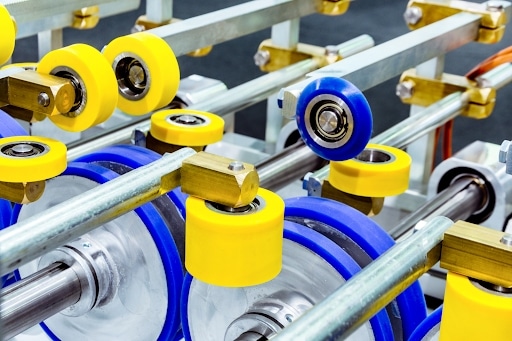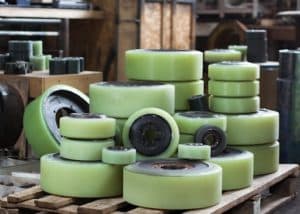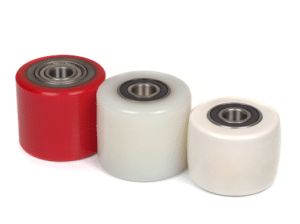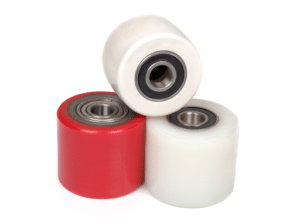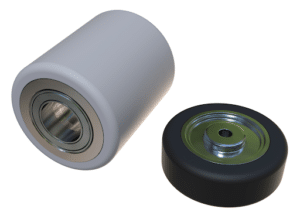Rollers are employed in a wide range of industries, including manufacturing, engineering, and construction. It’s difficult to imagine one trade sector that doesn’t use rollers in some capacity. They come in a variety of sizes and are often moving up and down or side to side at breakneck speeds.
Traditionally, rollers have been made of metal, although resin is a common alternative. More recently, polyurethane and rubber rollers have become popular materials for rollers in the industrial sector because they are inexpensive, durable, and easy to mold in production casting.
A lighter, more adaptable solution is often preferred for many industrial roller applications. In most sectors, polyurethane and rubber are increasingly being used because of their significantly lower expenses, how smooth on surfaces they are, and their greater structural versatility. These rollers also have a higher capacity to resist friction and abrasion than their metal predecessors.
Polyurethane rollers and rubber rollers have a lot in common, but they are not quite the same. It’s critical to understand the differences between these two types of rollers when selecting which of them is best for your industrial application.
What Is Polyurethane?
Polyurethane is a plastic material that can be used for a wide range of applications. It is an extremely versatile material that can be manipulated to be hard or soft, rigid or elastic. It may be poured into polyurethane molds, or brushed or sprayed on top of prepared surfaces. Polyurethane can reproduce exceptional detail in models.
Flexible urethanes are available in many different hardness levels. They can be soft like jelly or hard enough to replace metal components. Polyurethanes have low viscosity and self-degas, requiring no vacuum degassing.
However, on the downside, polyurethanes are susceptible to moisture buildup. Using a urethane mold in excess humidity on a hot summer day is not always a good idea. When compared to silicone rubber, urethane rubber is the worst because it sticks to almost everything.
Are Polyurethane and Rubber the Same Thing?
While polyurethane and rubber have some similarities, they differ in several ways, therefore they are not the same. Polyurethane is the material of choice for any project that requires superior abrasion, cut, and tear resistance. It can be made in higher hardness ratings to better bear weight while being chemical resistant. However, this material is more prone to negligible shrinkage.
Rubber’s flexibility, however, allows it to absorb vibrations and noise, making polyurethane appear inferior for vibration dampening to durable rubber. On the other hand, polyurethane is also a good energy absorber and can be produced with a very low durometer.
Is Polyurethane Better Than Rubber?
Polyurethane outperforms rubber in applications that are either submerged or exposed to wet environments for a long period. This is owing to polyurethane’s higher resistance to moisture. Rubber would rot over time. Another added benefit is that polyurethane is also UV resistant.
Also, most industrial applications, especially those that include dynamic loads and high friction, expose rollers to a lot of abrasions. In both cases, polyurethane outperforms natural rubber. Consequently, if your roller will be exposed to dampness regularly, must carry a significant amount of weight, and must endure continuous friction, polyurethane is a superior choice.
Contact Uniflex, Inc. to Learn More
You may wish to learn more about polyurethane and rubber rollers’ industrial applications. Please see our technical data page for additional information on polyurethane and rubber. If you have any questions, do not hesitate to call us at 248-486-6000 or send us an email at sales@uniflexinc.com. We have a knowledgeable staff that is eager to assist you.


